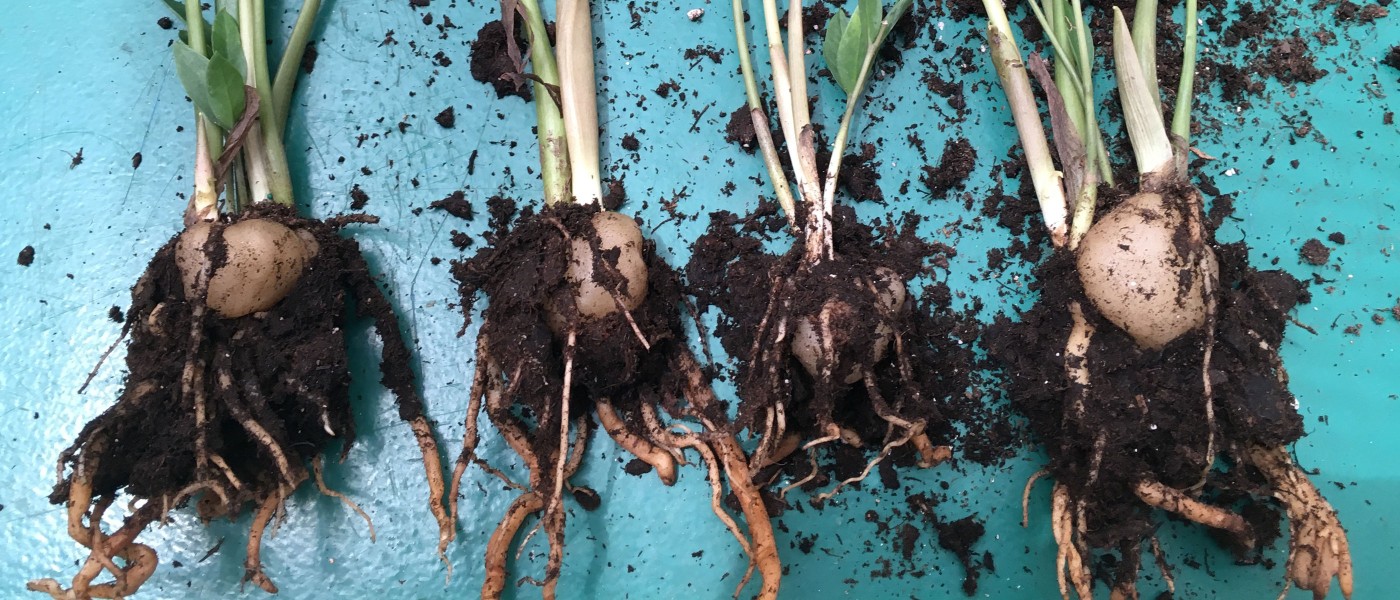How Do You “Divide” Perennials? (Video)
If you’re new to gardening, you might be hearing people talk about “dividing perennials” or “plant division.” But what does that mean? And how, exactly, do you do it?
In the fall edition of her Ask a Gardener series, BBG gardener Laura Powell explained that dividing perennials is just what it sounds like: physically dividing a larger plant into multiple smaller plants. Fall is a great time to divide perennials because it gives them plenty of time to establish new root systems before the heat and stress of summer.
You might decide to divide a perennial plant because it has grown too large for its current space, or to stimulate new growth. Division can give a plant’s roots more space to grow and thrive. It’s also a great way to increase the number of plants you have, and to share with neighbors and friends.
Division works well for herbaceous perennials that grow in a clumping style (meaning the plant seems to have several growth points above ground), and herbaceous perennials that seem to spread. These plants—for example, daylilies (Hemerocallis), bee balm (Monarda), and yarrow (Achillea)—tend to have fibrous root systems that respond well to division.
Perennials with taproots, a large dominant root that grows vertically downward, usually don’t respond well to division. Examples include milkweed (Asclepias), false indigo (Baptisia), and lupine (Lupinus).
For step-by-step division instructions, check out the video above. For more on dividing perennials, check out Laura’s fall column.


